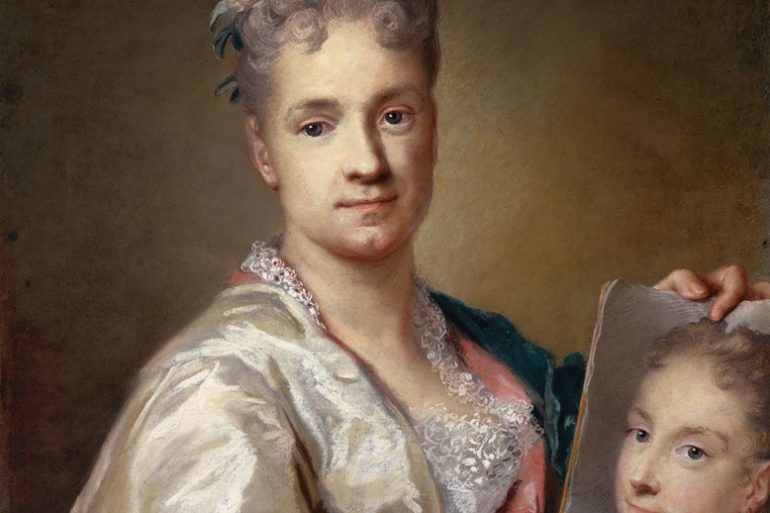
This post is also available in:


Venetian Rococo painter Rosalba Carriera was an Italian artist, known both for her pastel portraits and for the miniatures on snuff boxes, for which she was the first to use ivory instead of parchment. Born in a house on the Grand Canal in Venice, from a mother who worked as a lacemaker, Rosalba learned very early on the technique, the delicacy and mastery with which she worked lace, which made it easier for her to learn the technique of the miniature on snuff boxes and then again the pastel portrait. Activities to which she devoted herself when her interest in the lace market was over.
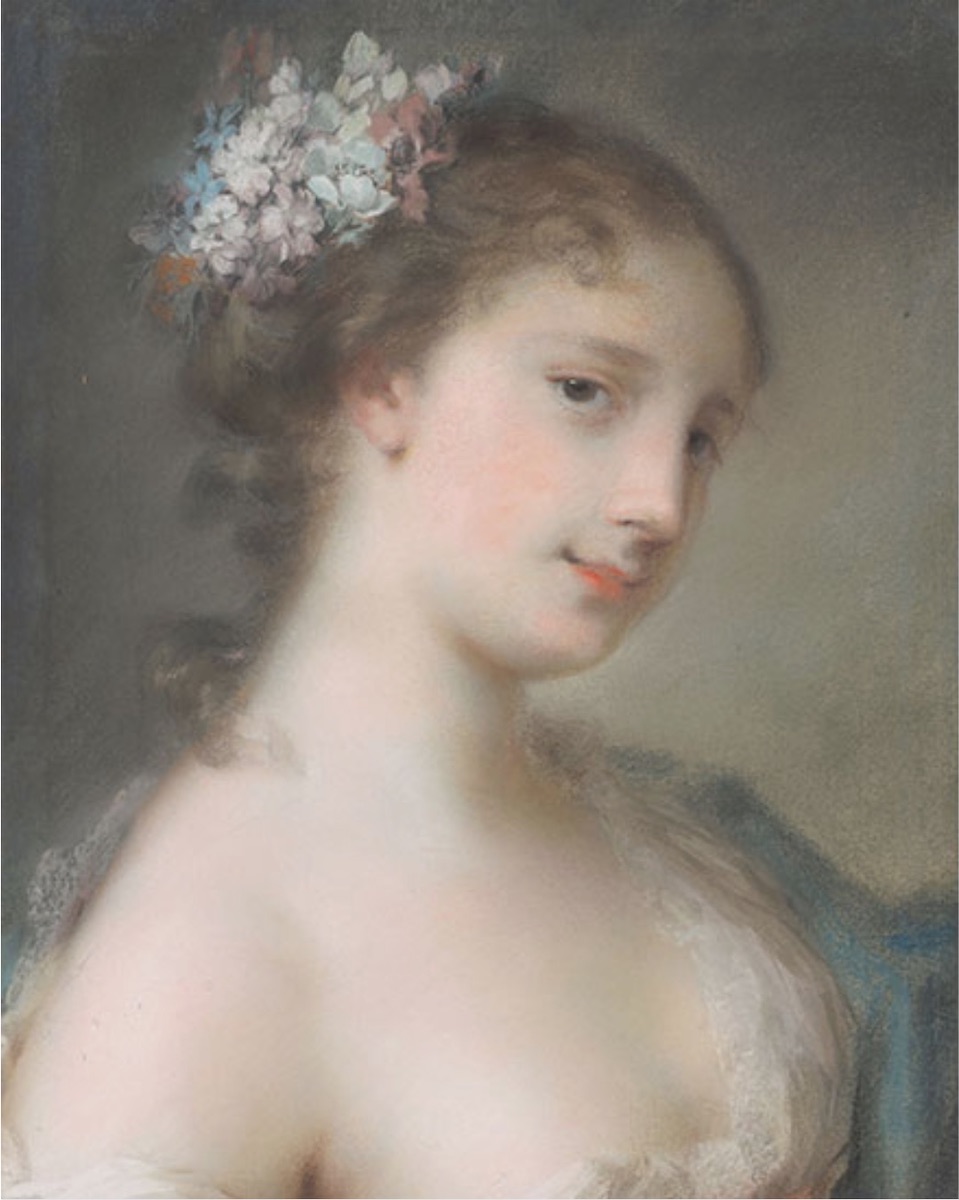
Her particularly refined hand in the use of pastel made her appreciated both in Italy, where she became “Academic Member of Merit” of the Roman Academy of San Luca, and in France, where she became a member of the Académie Royale Français. In her life she was admired and praised by several poets who dedicated sonnets to her, among them Gaspare Gozzi who speaks of her as : “…noble nature with the ability to transform evil into beauty”, and Pierre Jean Mariette who said of her: “…the images came from the sky and its colours gave light to the world”. Rosalba executed several works on commission, which allowed her to move to France where she also composed the portrait of King Louis XV and the famous Rococo painter Jean-Antoine Watteau, and to Vienna, where Charles VI Emperor of the Holy Roman Empire became her benefactor and fully committed to supporting her work and her artistic improvement.
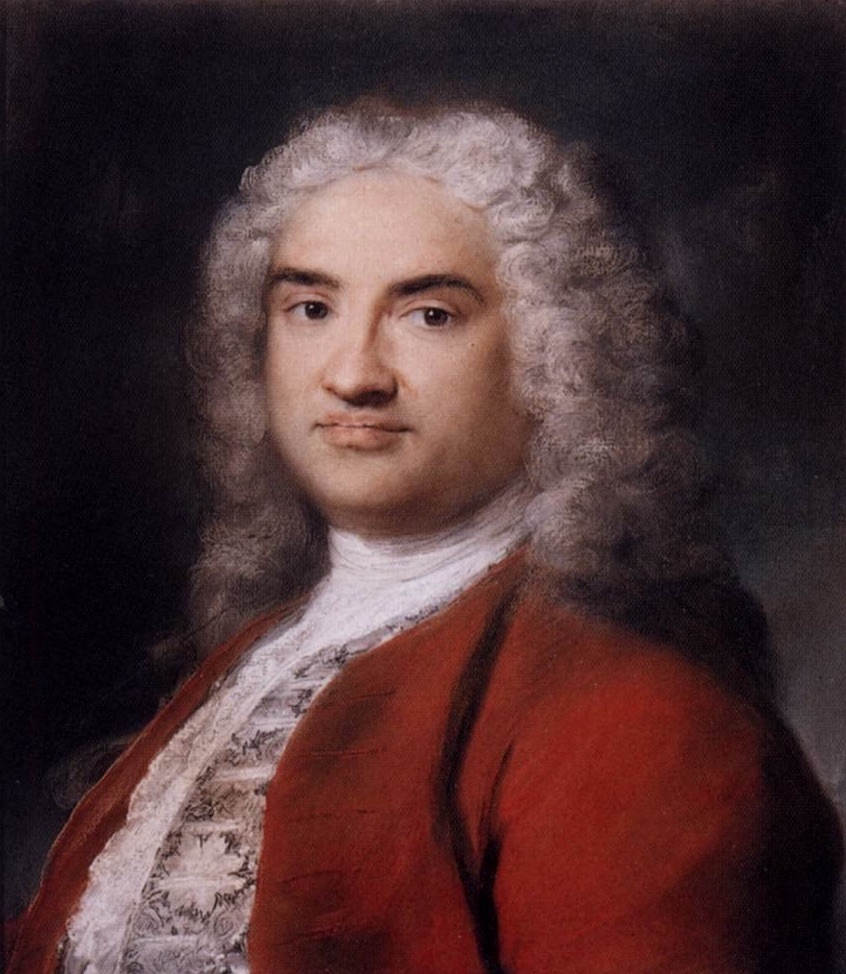
The works in Austria will later form the basis of the large collection in the Alte Meister Gallery in Dresden. Rosalba helped in her work by her mother and sisters, Giovanna in particular, who was was very close to her and who, when she died, left her in a state of deep depression, made even more difficult by the complete loss of sight, probably due to the painstaking work on the miniatures. Tired of the Rococo style, her clients left her to herself because they were looking for a less theatrical and more serious neoclassicism. She died without the honours of the time in a small house in Dorsoduro, Venice. A master of the “dry brush” technique, in which the flat side of the pastel is brushed on a contrasting colour to suggest diaphanous material (as can be seen in women’s clothes), Rosalba Carriera’s technique is also based on the extensive mixing of pastel, with which she emphasizes the subtle surface tones, the softness of the stroke and contours, the texture of lace and satin (rendered through the use of white pas4-Gustavus Hamilton (1710–1746), Second Viscount Boyne, in Masquerade.
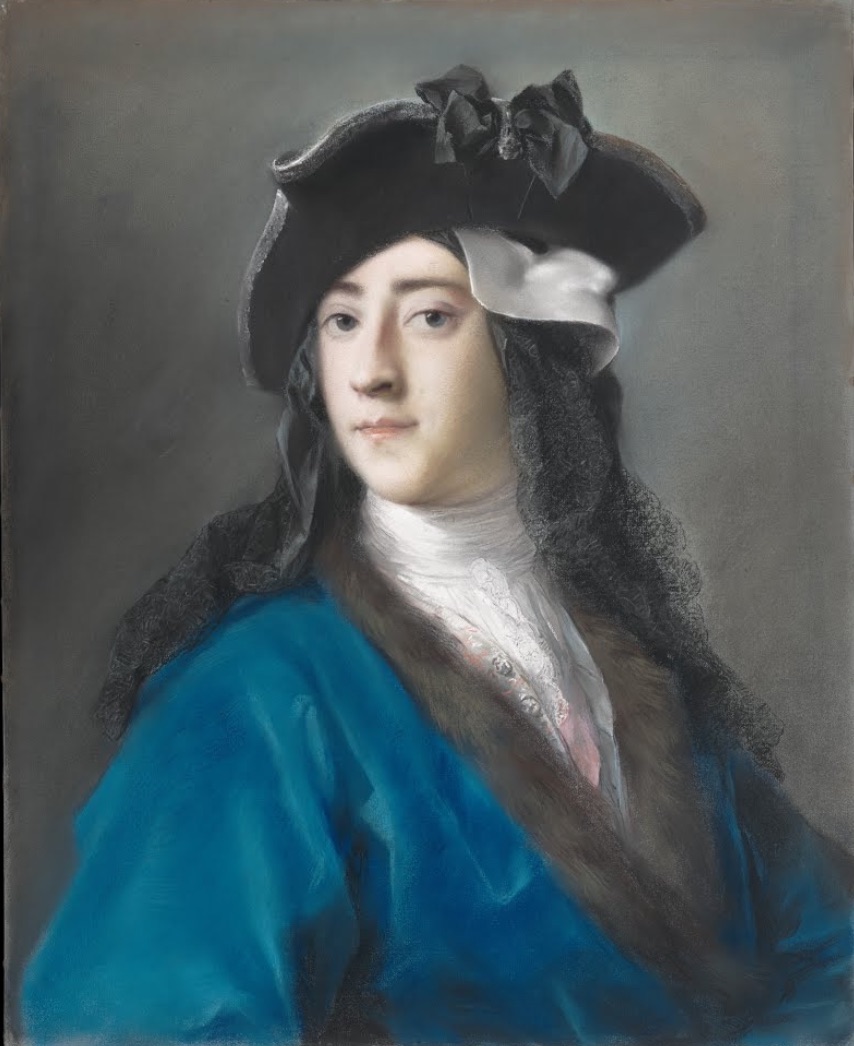
He was unquestionably an example for some of the artists whose art history he kept track of, among them: Adélaïde Labille-Guiard and Élisabeth Vigée Le Brun. Among the various merits of the artist there is that of having brought Rococo first to France and then to England, and undoubtedly the greatest merit is that of having revolutionized the world of pastel by tying coloured chalk into sticks, which allowed the development of a much wider range of prepared colours, expanding the availability and usefulness of pastel, which became an expressive medium in its own right, no longer just the preparatory medium through which to make sketches or preparatory drawings for oil painting. Among his works there are miniatures, portraits of the nobility of the time, portraits of ladies (representing the allegory of the seasons) and many self-portraits.
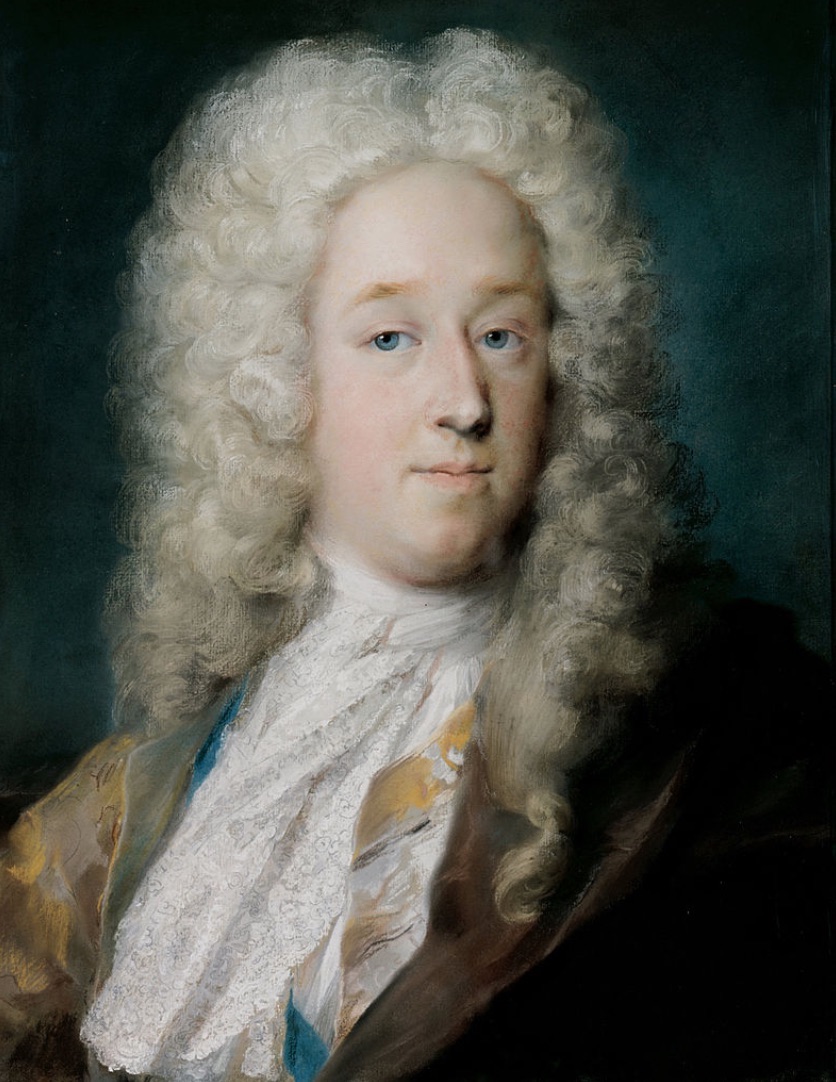
The selected work, which contributed to the collection of Medici self-portraits at the Uffizi Gallery in Florence, is part of the self-portraits in which she and her sister Giovanna appear. It is considered her best known self-portrait also for the use she makes of pastel to soften her face, creating an immensely flattering, yet realistic, portrait of the model: the artist moves away from the idealisation of herself as was customary at the time, but depicts herself in an abrupt and honest manner with a larger nose, thin lips and a deep dimple in her chin. Although she was completely forgotten in the early 1900s, the Metropolitan Museum of Art in New York honored her in 2002 by purchasing a portrait of Gustavus Hamilton, Second Viscount Boyne, in Masquerade Costume (1730-1731). Since then many exhibitions have followed, Bernardina Sani’s catalogue raisonné, published in 2007. In 2008 Christie’s set an auction record with the sale of a portrait similar to the MET for £421,250. Since then, a new generation of collectors have rediscovered her luminous visions.
From the title: Self-Portrait holding a portrait of her sister Giovanna by Rosalba Carriera, 1709. Pastel on paper. Galleria degli Uffizi, Florence.
